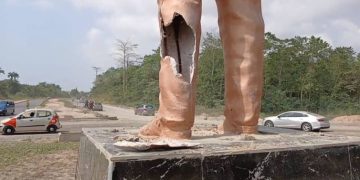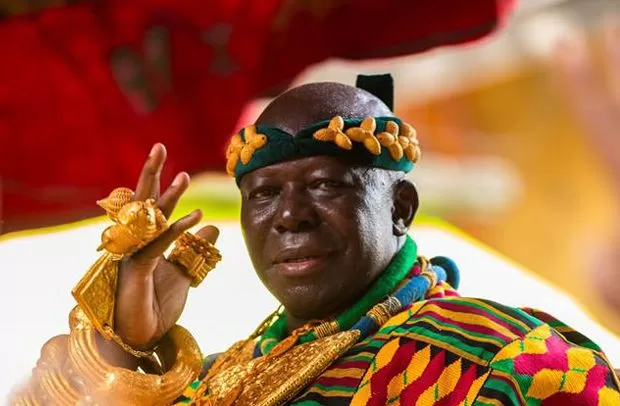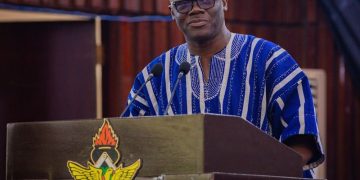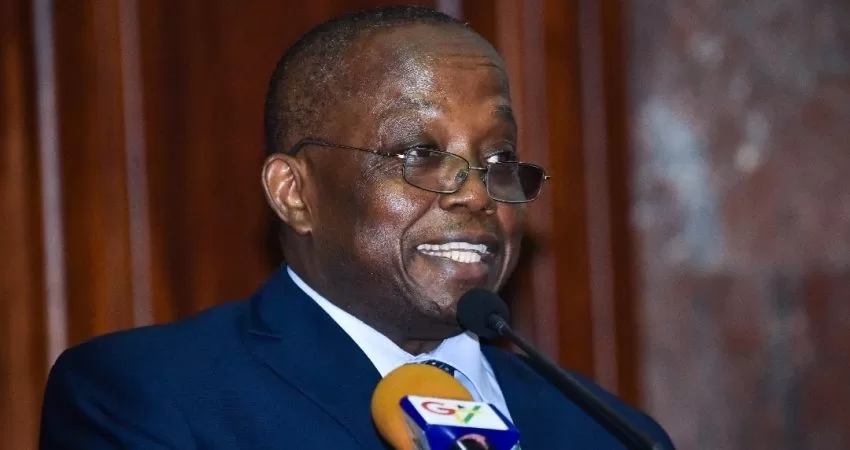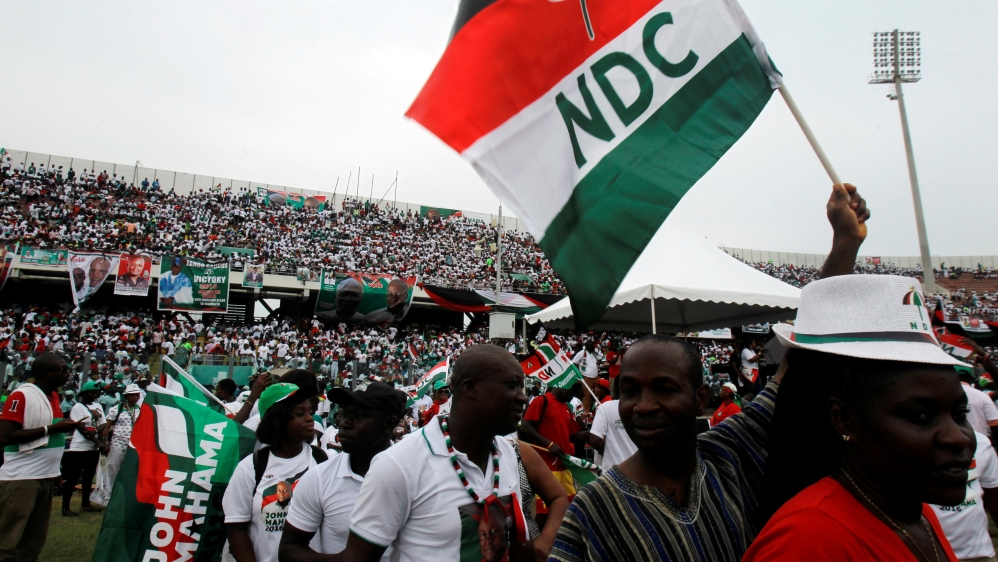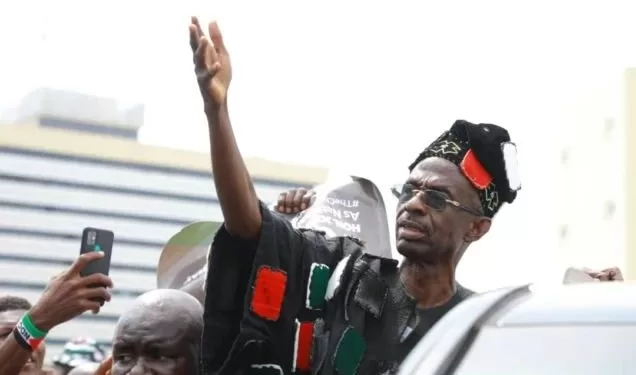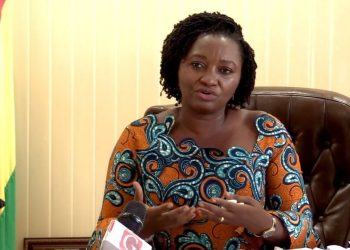 President Nana Addo Dankwa Akufo-Addo has instructed the Finance Minister to put a team together to investigate the depreciation of the cedi against the dollar and other currencies.
A bi-partisan committee is expected to start work in earnest to unravel the actual cause of cedi’s instability, the Finance Minister Ken Ofori-Attah revealed on Thursday.
“Mr. Speaker, the president has directed that I investigate the structural causes for the depreciation of the cedi and to propose measures to address the situation. The government and I will put a bi-partisan committee together to proceed immediately,” he told Parliament.
Mr Ofori-Atta was in Parliament to update the legislators on the country’s completion of the extended credit facility it entered in 2015 with the International Monetary Fund (IMF) programme. Ghana received a total disbursement of about US$925.9 million under the facility which ends on April 2, 2019
The Finance Minister was emphatic that the fall of the cedi against major currencies can’t be as a result of weak fundamentals of the economy.
“The depreciation of the cedi was not due to weak economic fundamentals but rather a combination of economic structural rigidities and apparent speculative behaviour of foreign investors and market participants.
“It is also noteworthy that while this is a challenge, the cedi has, however, performed better over the last two years than when compared, specifically from 2012 to 2016.”
He further noted, “The turbulence happened despite the strong economic fundamentals and improvement in our balance of payment which our government has achieved in the last two years. We have done a lot of work to ensure that the economic fundamentals are robust and able to support economic growth and transformation.”
President Nana Addo Dankwa Akufo-Addo has instructed the Finance Minister to put a team together to investigate the depreciation of the cedi against the dollar and other currencies.
A bi-partisan committee is expected to start work in earnest to unravel the actual cause of cedi’s instability, the Finance Minister Ken Ofori-Attah revealed on Thursday.
“Mr. Speaker, the president has directed that I investigate the structural causes for the depreciation of the cedi and to propose measures to address the situation. The government and I will put a bi-partisan committee together to proceed immediately,” he told Parliament.
Mr Ofori-Atta was in Parliament to update the legislators on the country’s completion of the extended credit facility it entered in 2015 with the International Monetary Fund (IMF) programme. Ghana received a total disbursement of about US$925.9 million under the facility which ends on April 2, 2019
The Finance Minister was emphatic that the fall of the cedi against major currencies can’t be as a result of weak fundamentals of the economy.
“The depreciation of the cedi was not due to weak economic fundamentals but rather a combination of economic structural rigidities and apparent speculative behaviour of foreign investors and market participants.
“It is also noteworthy that while this is a challenge, the cedi has, however, performed better over the last two years than when compared, specifically from 2012 to 2016.”
He further noted, “The turbulence happened despite the strong economic fundamentals and improvement in our balance of payment which our government has achieved in the last two years. We have done a lot of work to ensure that the economic fundamentals are robust and able to support economic growth and transformation.” Mr. Ofori-Atta observed, “This is further evident, for example, in the following statistics: inflation declining from 15.4 per cent in 2016 to 9.2 per cent in 2018; fiscal deficit falling from 6.5 per cent in 2016 to 3.9 per cent in 2018; interest rate on 91-day treasury bills was 16.3 per cent in 2016 to 14.6 in 2018; the current account deficit from 6.6 per cent in 2016 to 3.2 per cent in 2018”.
He added, “In 2012, the cedi depreciated by 15.95 per cent, 12.81 per cent in 2013, peaked at 32.45 per cent in 2014, up to 15.68 per cent 2015 and depreciated by 9.65 per cent in 2016.
“Cumulative depreciation from 2012 to 2016 was 65.423 per cent. Between December 2017 through the whole of 2018 [and] 21 March 2019, the cedi has depreciated by some 17.32 per cent compared to 25 per cent in 2015 and 2016.
“Mr Speaker, indeed, the cedi’s recovery had started even before the Eurobond was issued, and, if I may add, before the Vice-President’s visit to India.
“What the Eurobond issuance did was confirm the confidence investors have in our economy with their $21 billion rush, which supported the recovery because of our successful macroeconomic turnaround as well as the implementation of various policy measures”.
The cedi depreciation went as low as 5.80 to a dollar before it started making gains early this weak, and currently trading at 5.25 to a dollar.
Source: 3news.com | Ghana]]>
Mr. Ofori-Atta observed, “This is further evident, for example, in the following statistics: inflation declining from 15.4 per cent in 2016 to 9.2 per cent in 2018; fiscal deficit falling from 6.5 per cent in 2016 to 3.9 per cent in 2018; interest rate on 91-day treasury bills was 16.3 per cent in 2016 to 14.6 in 2018; the current account deficit from 6.6 per cent in 2016 to 3.2 per cent in 2018”.
He added, “In 2012, the cedi depreciated by 15.95 per cent, 12.81 per cent in 2013, peaked at 32.45 per cent in 2014, up to 15.68 per cent 2015 and depreciated by 9.65 per cent in 2016.
“Cumulative depreciation from 2012 to 2016 was 65.423 per cent. Between December 2017 through the whole of 2018 [and] 21 March 2019, the cedi has depreciated by some 17.32 per cent compared to 25 per cent in 2015 and 2016.
“Mr Speaker, indeed, the cedi’s recovery had started even before the Eurobond was issued, and, if I may add, before the Vice-President’s visit to India.
“What the Eurobond issuance did was confirm the confidence investors have in our economy with their $21 billion rush, which supported the recovery because of our successful macroeconomic turnaround as well as the implementation of various policy measures”.
The cedi depreciation went as low as 5.80 to a dollar before it started making gains early this weak, and currently trading at 5.25 to a dollar.
Source: 3news.com | Ghana]]>
Akufo-Addo orders investigation into cedi depreciation
Reading Time: 3 mins read
Recent Posts
- NPP accuses NDC of lawlessness, demands urgent re-collation by EC in disputed constituencies
- Anytime there’s vigilance, NDC wins – Malik Basintale
- Akufo-Addo statue in Takoradi suffers partial damage amid controversy
- Current financial year proving challenging for COCOBOD – IMF
- Agona West NPP expels Regional Minister, 282 others for anti-party activities
- Cholera outbreak in Western region claims 14 lives, over 800 cases recorded
- Sabotage allegations rock NDC in North Dayi: Akua Sena Dansua et al fingered
- “Re-collation and re-declaration” of winners at Police Training School in Accra illegal – NDC to EC
Popular Stories
-
Agona West NPP expels Regional Minister, 282 others for anti-party activities
-
Akufo-Addo statue in Takoradi suffers partial damage amid controversy
-
Current financial year proving challenging for COCOBOD – IMF
-
Anytime there’s vigilance, NDC wins – Malik Basintale
-
NPP accuses NDC of lawlessness, demands urgent re-collation by EC in disputed constituencies

ABOUT US
Newstitbits.com is a 21st Century journalism providing the needed independent, credible, fair and reliable alternative in comprehensive news delivering that promotes knowledge, political stability and economic prosperity.
Contact us: [email protected]
@2023 – Newstitbits.com. All Rights Reserved.

